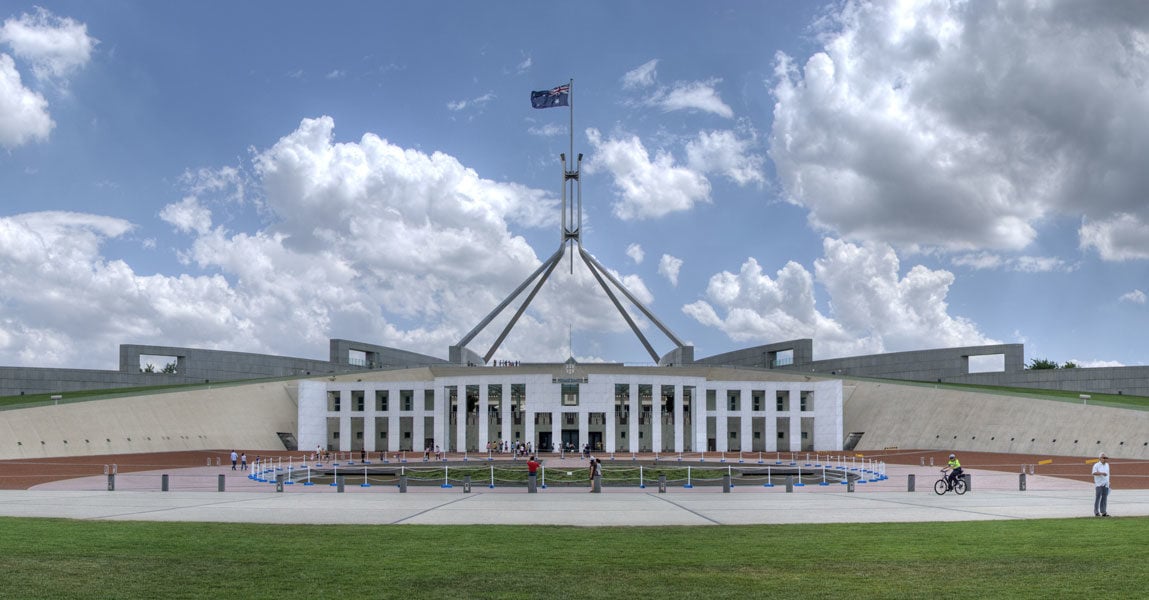The Australian Government has released a Green Paper setting out proposed reforms to support the media industry and enhance the services and content available to all Australians.
The Green Paper starts by establishing that the business model of Australia’s free-to-air television businesses is under severe strain – and that this in turn raises public policy issues.
Some of the proposed measures outlined in the Media Reform Green Paper include:
• Offering commercial broadcasters the choice to operate under a new kind of commercial television broadcasting licence, with a reduced regulatory burden provided they agree to move at a future point to using less radiofrequency spectrum;
• Using proceeds from freed-up spectrum to invest in Australian news and screen content;
• Introducing an Australian content spend obligation on video-on-demand services, as well as formalising the role of national broadcasters as key providers of Australian content.
“The media landscape has changed significantly over the past decade, with faster internet allowing digital technologies to generate significant benefits for industry and consumers. However, these technologies have also fractured business models and rendered many of our regulatory structures obsolete,” Minister for communications, cyber safety and the arts, the Hon Paul Fletcher MP said.
“With declining revenues, rising costs and an outdated regulatory framework, the capacity of Australia’s media sector to provide Australian programming, local content and public interest journalism is being challenged. These structural pressures have been accelerated by the economic impact of the Covid-19 pandemic, reinforcing the need for regulatory action.”
These proposed reforms are in addition to those announced as part of the 2020-21 Federal Budget to inject $53 million into the development and production of local film and television content.
“What we are proposing would rebalance Australia’s media regulations so that the industry can continue to support jobs, connect communities, and keep Australian stories on our screens regardless of whether they prefer to watch free-to-air television, subscription television or video-on-demand services,” Minister Fletcher said.
The move has been welcomed by Seven West Media managing director and chief Executive officer, James Warburton. He said: “Seven’s future is built on a multi-screen and multi carriage strategy, and the Green Paper starts the discussion about the future regulatory environment we and the industry need.
“The Green Paper proposes a new broadcast licensing scheme under which broadcasters could surrender spectrum in exchange for spectrum tax relief. The current proposal is like asking telecommunications companies to stop their technology innovation at 5G with no ability to upgrade to 6G and beyond. We think there is a better path.
“We support the Free TV Australia submission that outlines why the new broadcast licensing scheme needs to be discussed and reviewed, and we are happy to support the process of looking at achieving a dividend without surrendering services.
“Conversations focused just on live linear TV don’t reflect the TV business of today. This review of the regulatory model for free-to-air TV is an important opportunity to shape the future of Australian television businesses by reflecting how modern Australia consumes content.
“Delivering our content via spectrum will remain at the heart of our business model for the foreseeable future, but supplementary to this is the digital and IP growth engine. It isn’t an either/or proposition. Increasingly, the content of the free-to-air networks will be distributed through different technologies and found on various screen types and sizes. The regulatory environment needs to reflect this so that our content remains freely accessible to all Australians,” Warburton said.
Free TV chairman Greg Hywood said that there were some points of concern, saying: “It will mean fewer services and lock broadcasters into an HD world when streamers are doing (superior resolution) 4K and potentially 8K.
“You look at the world that used to be — whether it was broadcasters, newspapers, magazines — and once upon a time there weren’t a lot of players in the market. Now it’s a very crowded market and broadcasters are competing in an environment where internet has enabled the creation of streaming and there’s a lot of options out there.
“Broadcasting is a bipartisan public policy obligation for governments to deliver free TV for Australians.
“It delivers the news that most people get. There’s a lot of jobs involved and it provides an equal service to Australians whether they’re in metropolitan areas, regional or remote, and what it requires is a regulatory environment and industry structure that is consistent with the reality of the marketplace.”
